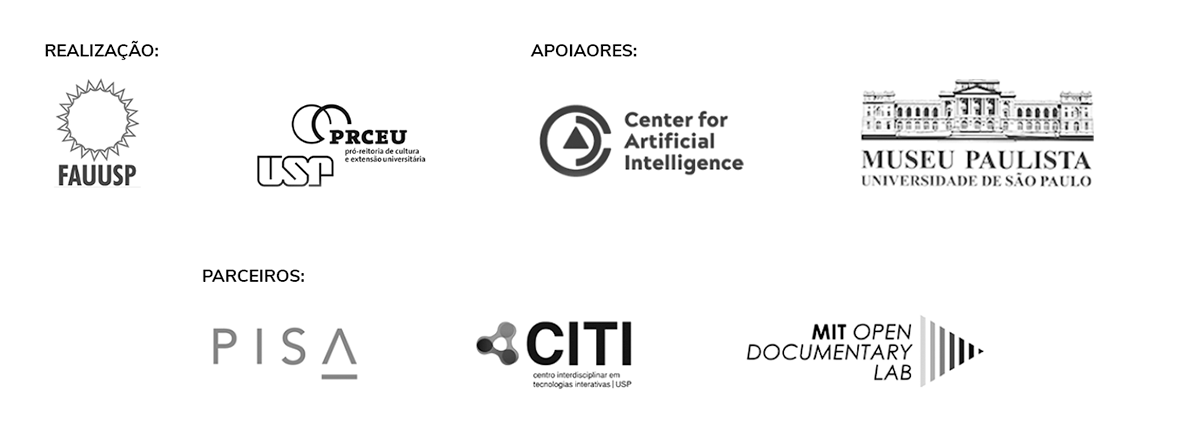Trampled by progress
Isabela Leite.
The Monument to Ramos de Azevedo, also known as the Monument to Progress, is a work by the Italian Galileo Emendabili. It was inaugurated on January 25, 1934, São Paulo’s anniversary, as one of the tributes to the architect-engineer Francisco de Paula Ramos de Azevedo, who died in 1928.
The work, which was paid for through donations, was dedicated to the honoree, but his figure, the monument itself and the inauguration date evoke a more elaborate narrative. The sculptural set by Emendabili, standing 25 meters high, depicts from top to bottom the image that São Paulo wanted to consolidate for itself – of a central and modern national metropolis, linked to the economic growth of the emerging bourgeoisie of the time. As Gutiérrez (2009, p. 31) puts it: ‘Its particular identity would be rooted in the mythical figure of the Bandeirante, and Ramos would be its current representation.’
Ramos and his architecture firm was extremely important in the transformation of São Paulo at the turn of the 20th century. At that time, the city was trying to align itself more and more with European culture and art, seen as modern, and nothing better than marking this notion of progress with an enormous monument.
The chosen location was Avenida Tiradentes, in front of the entrance to the Liceu de Artes e Ofícios (current Pinacoteca do Estado de São Paulo), a building built by the honoree and of which he was vice-president in 1895. In addition, the monument ‘was turned towards the city’s margins, as if pulling it into the future, with its horse of ‘Progress’ (GUTIÉRREZ, 2009).
Ironically, however, it was the evolution of the so-called progress evoked by the Monument that caused it to become disliked. In the 1960s, the work came to be seen as a nuisance, a problem for traffic coming from Zona Norte towards Downtown. Added to this was the start of construction of the north-south axis of the subway, line 1, which would pass through the site.
And so, a series of discussions began which eventually reached the City Council. Several suggestions emerged, such as: splitting up the monument, keeping the figure of Ramos on Avenida Tiradentes and spreading the rest throughout public gardens around the city; relocate it to Jardim da Luz; to Praça Coronel Fernando Preste, where the Ramos de Azevedo Building is located; or place it in one of the wings at Parque Dom Pedro II.
But the process of both dismantling and reassembling this huge sculptural set was quite complex. Especially when it came to removing the horse placed at its highest point. This complexity also came at a high cost, so the Council voted to dismantle it, even without a scheduled reassembly. With this, the process began and in 1968 the monument was completely removed from Avenida Tiradentes. It was temporarily placed in Jardim da Luz, while the place where it would go was defined, as well as what amount could be spent on it. The problem is that the monument was abandoned during this waiting period, until 1974, and had smaller pieces stolen and attempts to saw off others.
Finally, it was decided that it would be placed on the USP campus, close to the Polytechnic School, a place that strongly relates to the honoree’s history, in an attempt to recover the symbolic meaning of the work. But in 1975 it was reinaugurated without much success in this regard.
In 1988, Jânio Quadros even asked the then dean of USP, José Goldemberg, to return the monument for it to be installed in Praça Campo de Bagatelle, in order to recover its imposing, narrative character. However, despite the agreement of those involved, the request did not go through.
The Monument to Ramos de Azevedo, who so dearly wanted to paint this image of progress, no longer fit the new molds of the future for the city of São Paulo, it ended up being ‘run over’ by the very progress it preached and was exiled to the university campus.
References
- Carlos Eduardo Entini. E no meio do caminho tinha um monumento. Acervo Estadão, São Paulo, 2015.
- Néstor Gutiérrez. Monumento deslocado. Tese de mestrado. Universidade de São Paulo. Escola de Comunicações e Artes. 2009.
- Pinacoteca do Estado de São Paulo. Monumento a Ramos de Azevedo: do concurso ao exílio. Jornal das Exposições, São Paulo, 1997.
- Netland. O pesado passeio de Ramos de Azevedo. São Paulo, 2012.
Photos

Monumento a Ramos de Azevedo, autoria de Galileo Emendabili , situada à Praça Ramos de Azevedo na Cidade Universitária. 
Monumento a Ramos de Azevedo, autoria de Galileo Emendabili , situada à Praça Ramos de Azevedo na Cidade Universitária. 
Monumento a Ramos de Azevedo, autoria de Galileo Emendabili , situada à Praça Ramos de Azevedo na Cidade Universitária. 
Monumento a Ramos de Azevedo, autoria de Galileo Emendabili , situada à Praça Ramos de Azevedo na Cidade Universitária.



